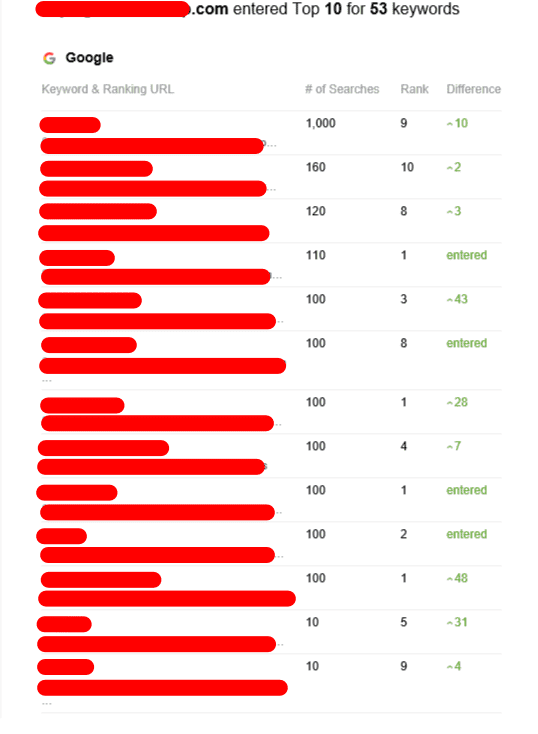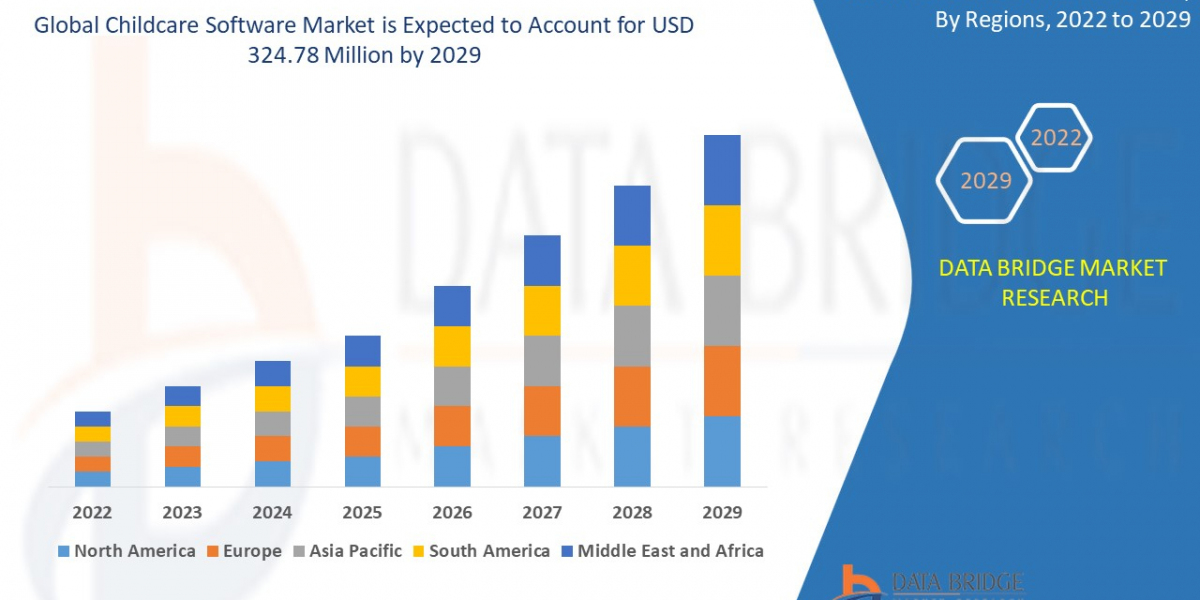Identifying and understanding a target audience is crucial in both marketing and content creation. A well-defined target audience enables businesses and creators to craft messages that resonate, products that satisfy needs, and campaigns that engage effectively. This article delves into the concept of target audiences, their significance, methodologies for identifying them, and practical tips for effective engagement.

What is a Target Audience?
A target audience refers to a specific group of consumers that a business aims to reach through its products, services, or marketing efforts. Understanding this audience goes beyond simple demographics; it involves grasping their interests, motivations, and behaviors. The importance of this understanding cannot be overstated; a carefully defined target audience can result in more focused marketing strategies, better customer relationships, and increased sales.
Importance of Defining a Target Audience
1. Tailored Messaging
When a marketing message is designed with a specific audience in mind, it is more likely to resonate with those individuals. Tailored messaging can improve engagement rates and foster a deeper connection with consumers.
2. Efficient Resource Allocation
By clearly defining target segments, businesses can allocate marketing budgets more efficiently, spending their resources on channels and strategies that yield the highest returns.
3. Improved Product Development
Understanding the needs and preferences of a target audience can inform product development, ensuring that offerings align with consumer expectations.
4. Enhanced Customer Loyalty
When consumers feel understood and valued, they are more likely to develop a loyalty to the brand, leading to repeated business and word-of-mouth referrals.
5. Competitive Advantage
A business that has a thorough comprehension of its target audience stands at a competitive advantage over others who do not prioritize audience understanding.
Steps to Identify Your Target Audience
Identifying a target audience involves careful research and analysis. Here are some essential steps:
Market Research
Conduct thorough market research using surveys, interviews, and focus groups. Gather data on consumer preferences, behaviors, and purchasing habits.Analyze Current Customers
Examine your current customer base. Understand who is already engaging with your brand and what motivates them to choose your products or services.Segment the Market
Segment your audience based on various criteria such as demographics (age, gender, income), psychographics (interests, values), behavior (purchase history), and geography.Create Buyer Personas
Develop detailed profiles for different segments characterized by their demographics, challenges, motivations, and preferred media channels. These buyer personas serve as specific representations of your target audience.Utilize Analytics Tools
Leverage analytics tools to track consumer behavior, monitor social media interactions, and assess website traffic. These tools offer crucial insights into who your audience is and how they engage with your content.Test and Refine
Implement campaigns targeted at different audience segments and assess the results. Use A/B testing to gauge which messages resonate best before refining your targeting strategy further.
Using Demographics to Define Your Target Audience
Demographics help jumpstart the process of defining a target audience. Key demographic factors to consider include:
| Demographic Factor | Description |
|---|---|
| Age | Specific age ranges can influence preferences and buying behaviors. |
| Gender | Approaches may vary significantly between genders. |
| Income Level | This affects purchasing power and influences product types. |
| Location | Geography often dictates a consumer's interests and needs. |
| Education Level | May correlate with product knowledge or purchasing behaviors. |
Psychographics: Delving Deeper
While demographics provide a baseline, psychographics offer a deeper understanding of consumer motivations. Key psychographic factors include:
- Interests and Hobbies: Understanding what your audience enjoys can guide content and campaigns.
- Values and Beliefs: Aligning with consumers’ core values can significantly enhance brand loyalty.
- Lifestyle: Insights into lifestyle choices can inform product offerings and marketing messages.
Engaging Your Target Audience
Once the target audience is defined, effective engagement becomes the next priority. Here are some strategies to consider:
Content Marketing
Create high-quality content that addresses the needs and interests of your audience. This can include articles, videos, and infographics that educate and inform.Social Media Engagement
Utilize social media platforms to connect with your audience actively. Use insightful posts, polls, and contests to foster interaction and community.Email Marketing
Tailor your email campaigns based on segmented lists to ensure relevant messaging reaches the appropriate audience.Influencer Collaborations
Partner with influencers who resonate with your target audience. Their endorsement can enhance credibility and reach.Feedback and Continuous Learning
Encourage feedback from your audience regularly. This not only improves offerings but also cultivates a relationship based on trust and transparency.
FAQs about Target Audience
Q1: Can a business have multiple target audiences?
Yes, some businesses serve multiple target segments, each requiring tailored messaging and strategies.
Q2: How often should a target audience be reevaluated?
Regular assessment is advisable, especially when major market shifts occur, new competitors enter the market, or when customer behaviors change significantly.
Q3: Are demographics more important than psychographics?
Both are essential; demographics offer basic insights while psychographics provide depth and context to consumer motivation.
Q4: How can businesses gather data about their audience?
Data can be collected through surveys, analytics tools, social media insights, and direct feedback from customers.
Q5: What tools can assist in audience analysis?
Google Analytics, Facebook Insights, Hootsuite, and SEMrush are popular tools for assessing audience behavior and preferences.
Defining a target audience is a vital process that enhances marketing efficiency and effectiveness. By understanding the characteristics, needs, and behaviors of potential customers, businesses can create more meaningful connections, develop products that truly resonate, and ultimately drive growth. As markets evolve, continual reevaluation of target audiences will support sustained success in a competitive landscape.















